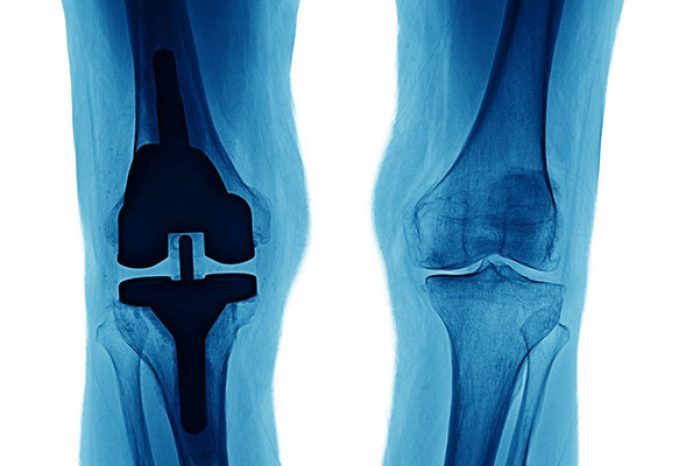
Knee osteoarthritis is a crippling disease for millions of people. In some cases, conservative options fail to control a patient’s pain, but they are not ready and/or do not qualify for a total knee replacement. The is a segment of patients that fall in the treatment gap between traditional conservative therapies and surgery.
Lipogems is a device that has received FDA 510(k) clearance to process adipose tissue for general applications in orthopaedics, arthroscopy, and nine other specialties.
Lipogems has obtained approval by the U.S. Food and Drug Administration (FDA) to conduct an Investigational Device Exemption (IDE) study for the treatment of knee osteoarthritis (OA). This study, is designed to test the safety and efficacy of the Lipogems system when compared to corticosteroids over a period of 12 months, and will hopefully result in a specific indication for Lipogems in Knee OA. The Lipogems' ARISE FDA IDE Study will enroll patients in 20 sites across the U.S.
Lipogems decided to pursue this specific indication based on the positive results seen in 30+ independent peer-reviewed publications with up to 3 years follow-up evaluating pain, function, quality of life, and economic advantages in patients treated with Lipogems' Microfragmented Fat (MFat) injections for knee osteoarthritis. The completion of this study and anticipated approval in the setting of knee osteoarthritis will permit Lipogems to educate directly to physicians and consumers for the treatment of this pathology.
The Lipogems system has been used in multiple pathologies and is supported by 115+ independent peer reviewed publications. On January 13, 2023 Lipogems announced that it enrolled the first patient in the ARISE Study. Learn more about Lipogems here.
References
Lipogems Announces First Patient Enrolled in the U.S. ARISE study for the Treatment of Knee Osteoarthritis at https://www.prnewswire.com/new... (Accessed January 22, 2023).
Lipogems® Receives IDE Approval From The U.S. FDA To Begin A Pivotal Clinical Study On The Safety And Effectiveness Of The Lipogems System For The Treatment of Knee Osteoarthritis https://orthospinenews.com/202... (Accessed January 22, 2023).
Adductor longus selective tenotomy is a modern surgical treatment for chronic groin pain that offers faster recovery and better outcomes than traditional full release surgery. The adductor longus, an inner thigh
Read MoreDiscover how ultrasound helps diagnose plantar fat pad atrophy, a leading cause of ball-of-foot pain. Learn about symptoms, thickness cutoffs, and why early detection matters for relief.
Read More